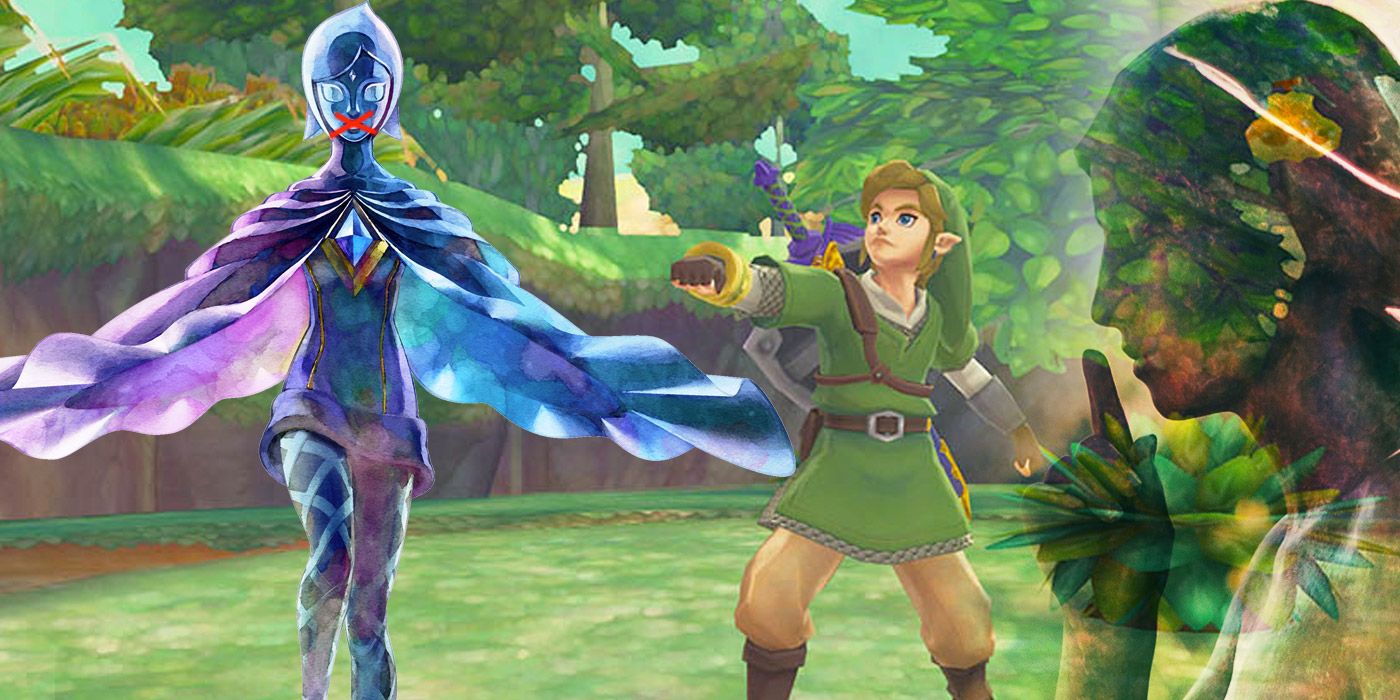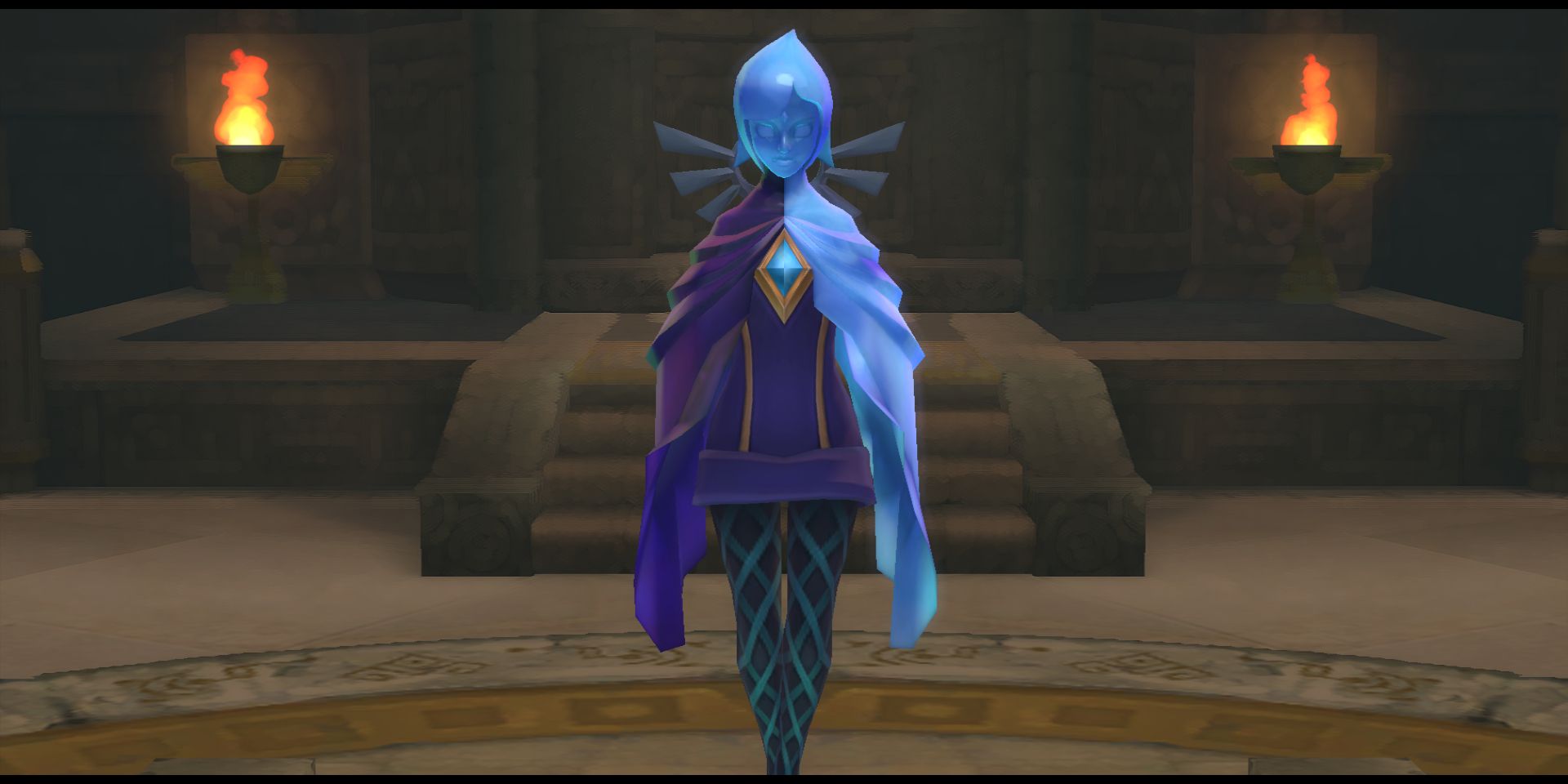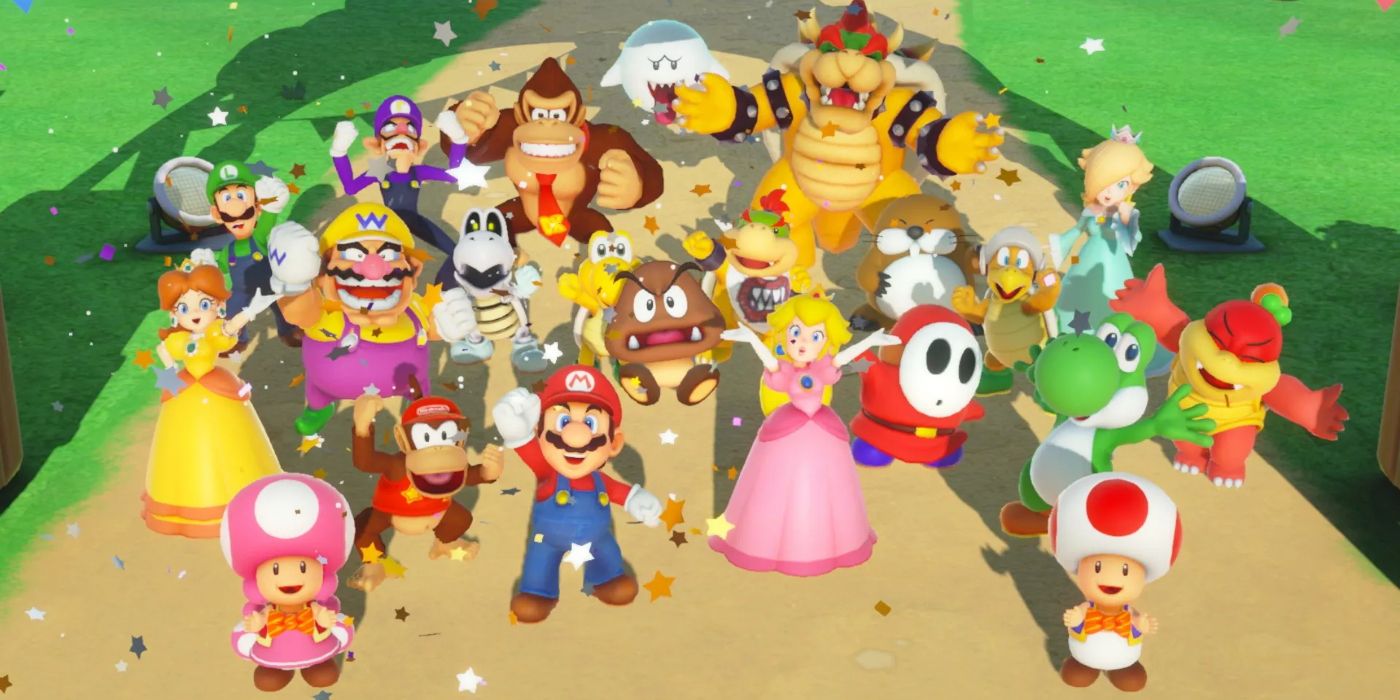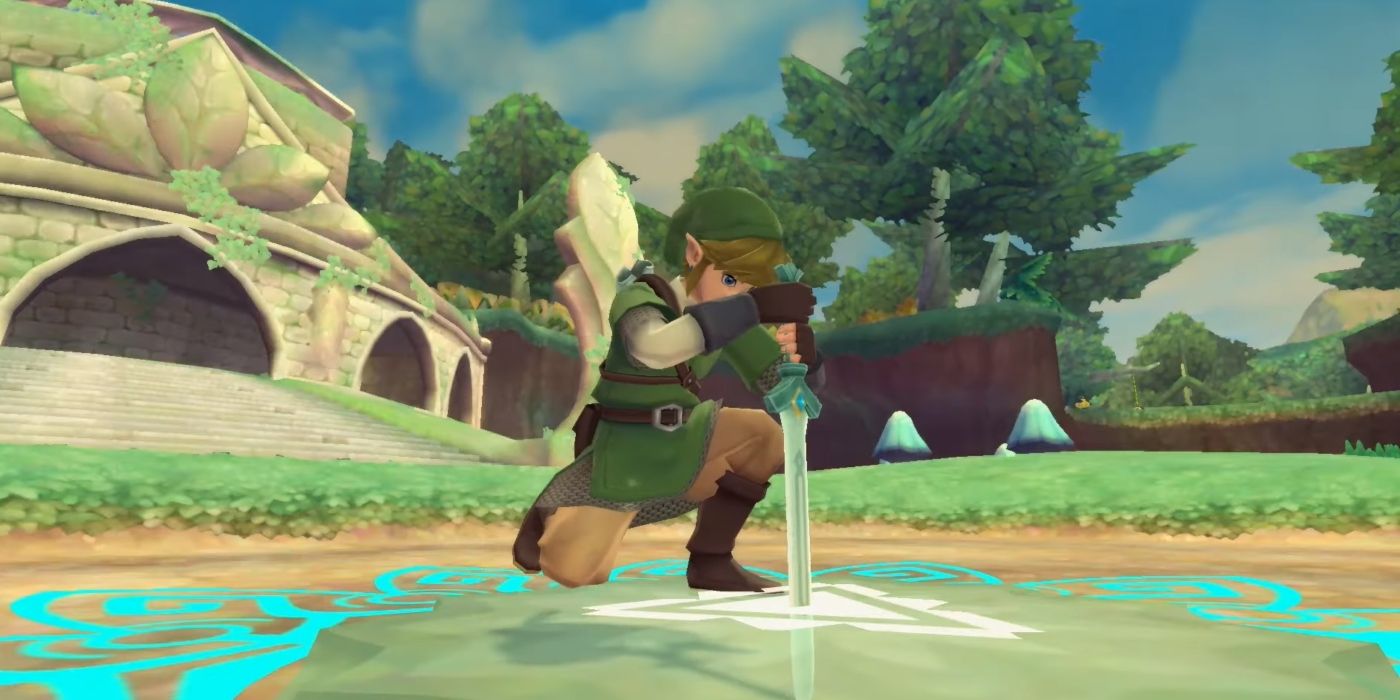The Wii era was an age of prosperity for Nintendo with consoles, games, and accessories flying off of store shelves. Nintendo's products were perfect for gamers of all ages. Unfortunately, that lead it towards practicing some design patterns that some older members of its audience haven't been fond of mostly because Nintendo has been caught between the toy company it used to be and the game company it is now. While younger gamers would point towards Nintendo Labo and Mario Kart Live: Home Circuit as proof, older ones would recall The Legend of Zelda: Skyward Sword.
There were some issues in the original Skyward Sword release. Some fans point to the repetition of certain middling story quests, others would point out the annoyance of the motion controls constantly desyncing, as well as that first-encounter item descriptions repopulating each time players quit the game. However, just about everyone became at least a little irritated by Fi, Link's sword spirit companion, constantly interrupting the action to repeat information with even more detail, or to give unnecessary status reports. Fortunately, Skyward Sword HD is fixing most of that, and Fi becoming less obtrusive represents a big shift in Nintendo's methodology.
The Legend of Zelda's Most Annoying Helper
Fi fulfilled the same role as Navi, Tatl, and Midna in past games. Like them, she was an active participant in the story and served as an integral helper for Link. Unlike them, however, Fi had a nasty tendency to overwhelm the ears. While plenty of her advice was optional just like her predecessors, Fi stood apart from the rest with redundant advice that repeated what Link had just learned. Her robotic personality didn't help matters much, as some players felt like they were being talked down to by a computer rather than a character. It was a patience issue more than a mechanical flaw, but it grated on players' nerves as Skyward Sword went on, especially without an option to quickly skip text.
This was a symptom of Nintendo's approach to casual players during that time period. The Wii was an incredibly popular console that reached a ton of people, many of which were new to gaming. The console manufacturer wanted to make sure that its big games were as accessible as possible to players of every age and skill level. For Skyward Sword, Nintendo decided that since the game was both the latest entry in an extremely popular franchise and very dense with mechanics, it wanted to ensure that the game and the player were always on the same page. To that end, Fi catered to the younger players, designed to ensure that they were always certain of what was happening, what they had to do next, and how.
Nintendo's Obsession With Handholding
This is not Nintendo's only instance of enforced player coddling, but it stands out amongst other examples. Other first-party Nintendo games in the 2010s certainly helped inexperienced players, but they didn't interrupt the flow of the game to recap information. There were quite a few "helpers" made to be in the player's path, however. One earlier instance was the introduction of the Super Guide in New Super Mario Bros. Dying enough in single-player will cause a Super Guide Block to appear, resulting in an AI-controlled Luigi taking the most direct path through a level. A successful run with the Super Guide will still have the level marked incomplete on the world map. This feature appeared in several Mario titles, and even in Donkey Kong Returns.
Nintendo doesn't always lean so heavily on features that play or think for the player, but it has used some more finely tuned ones to provide advantages without eliminating the need for skill. The Invincibility Leaf introduced in Super Mario 3D Land is like Super Guide in that it appears after several deaths, but only grants tanuki suit powers and permanent invincibility. Players still have to deal with platforming challenges themselves.
A more aggressive instance, and what may be Nintendo's worst moment of enforced help since Skyward Sword, is Smart Steering and Auto Acceleration in Mario Kart 8 Deluxe. These features were not in the original Wii U release, and Smart Steering is bizarrely turned on by default for every controller added to the game. These are only meant to guide beginners down safe paths, so this isn't a balance issue, but it is an annoyance that can be hard to find and fix.
What Skyward Sword HD's Changes Mean For Nintendo
Fast forward a few years to Skyward Sword HD. Nintendo clearly kept player feedback from the original release, because specific issues have been targeted to improve the experience. Item textboxes display once per save file, dialogue can be sped up, cutscenes can be skipped, and even the motion controls that were so integral to the original game are no longer mandatory.
However, the change that has gotten people talking is that Fi's assistance is now optional. Nintendo recognized that its choice back in the Wii era to force handholding onto every player was not the way to go, and has worked to correct that decision. Now, Skyward Sword HD will be a smoother experience that could also endear players more to the earnest sword spirit.
This marks a significant shift in how Nintendo's done things for the past decade. It appears that, with more open and mechanically rich titles like Breath of the Wild and Super Mario Odyssey, Nintendo is willing to let players experiment and figure things out themselves. It also trusts its audience to be a little more savvy and attentive, not to mention that it's willing to let its game design speak for itself. Without so many little irritants in the way, Skyward Sword's natural ability to direct the player where they need to go is finally in the spotlight. This is a great sign for the future, and it means that hopefully, another Skyward Sword Fi debacle will not crop up.
The Legend of Zelda: Skyward Sword HD will be released for Nintendo Switch on July 16, 2021.




